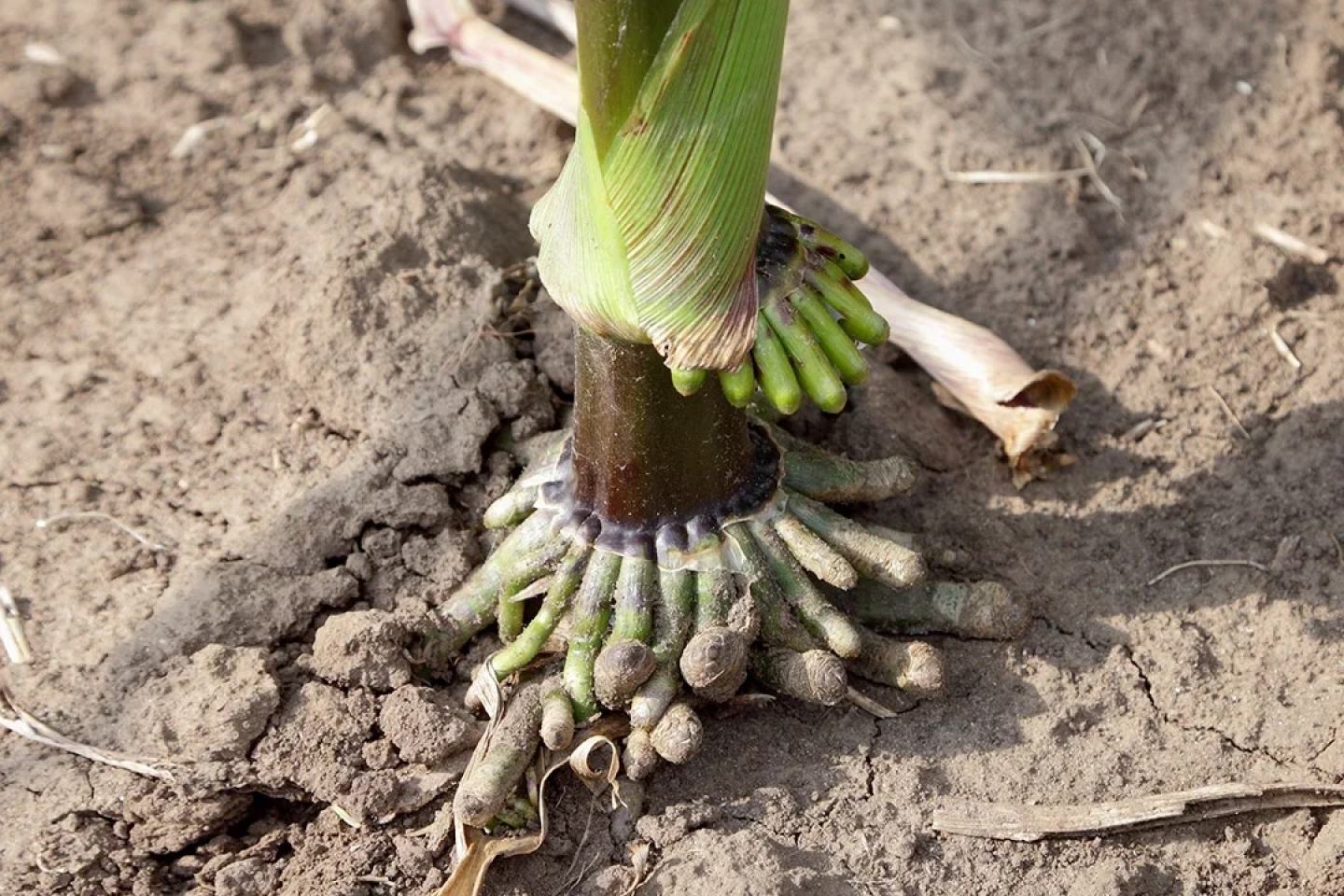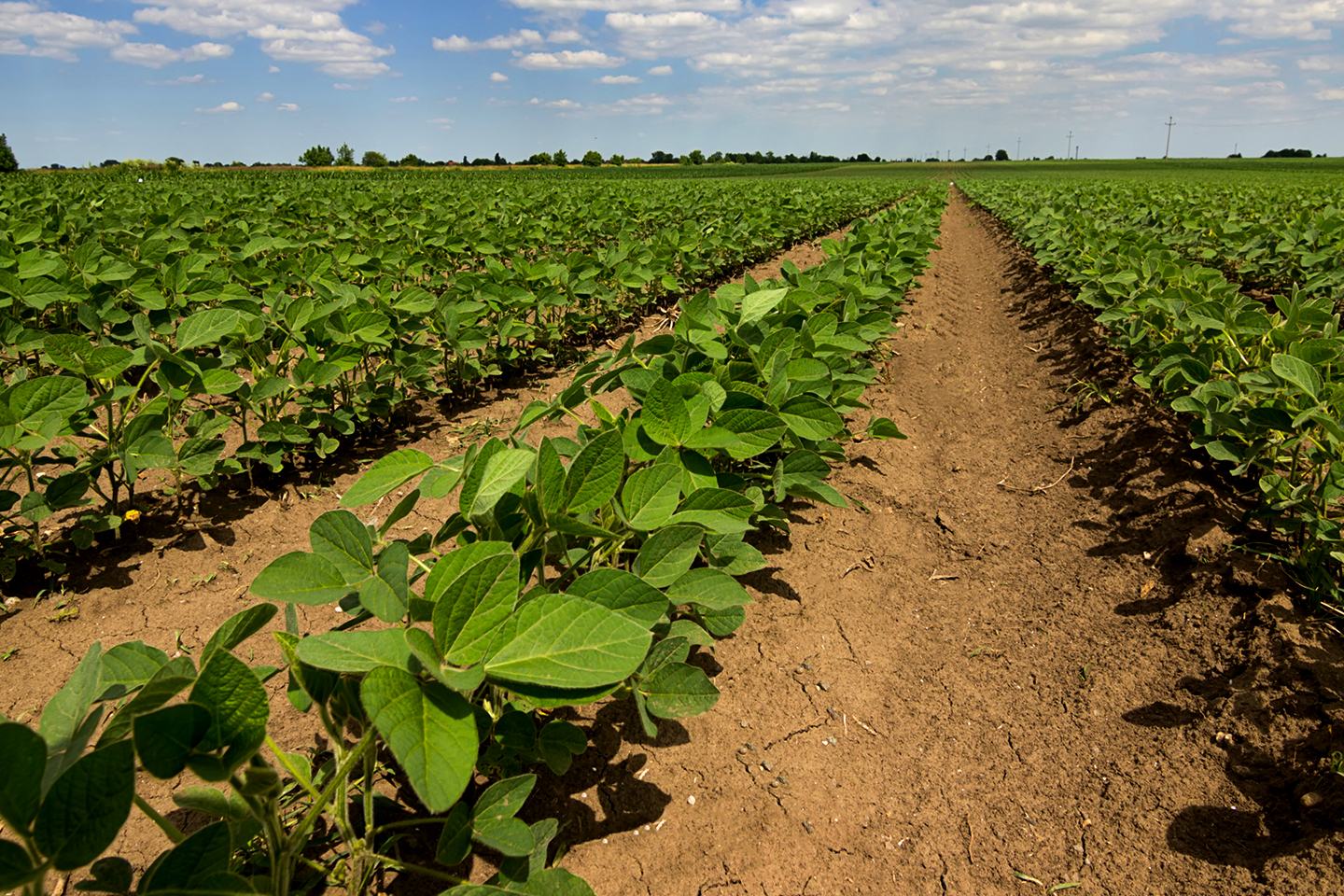Originally published July 5, 2022
croplife magazine
In the broad sense of the term, crop production has been using biological control agents for centuries. In recent history, biologicals have weathered through some good and challenging times: a period of exciting new discoveries and implementations, but often through a lens of skepticism — like most unconventional things.
Today, biologicals can take on many different forms and applications. They encompass biostimulants, biopesticides and biofertilizers. These solutions can be applied at-plant, as a foliar or into the soil to target plant pathogens, nematodes and insects. We can even drop living, breathing, walking and sometimes flying biopesticide in the form of parasitoids or predatory arthropods from a drone or out of a sprayer.
At the end of the day, what we’re doing when we apply a biological is colonizing a growing environment. Whether it be with a bacteria, insect, arthropod or nematode. We colonize the space to outcompete, consume and/or reduce a pathogen or pest population.
For some, biologicals are a buzzword. For others, it spells opportunity. No matter your view, it’s fair to say the biological category is gaining traction. So, why should growers give biologicals a fair shake?
Knowing The Competition – It’s Not Apples to Apples
When the conversation of conventional chemistry versus biologicals is started, it’s difficult to put these tools on the same footing. If an efficacy trial is run to see how a biological compares head-to-head with a conventional, it’s not always a true test. Each acts differently, takes action against a pathogen or pest differently and their intended application timings, for the most part, differ.
I look at biologicals like this: biologicals are often a preventative measure. They aren’t usually a “fixer” like a fair majority of our conventional chemistry — it’s important to note we have conventional chemistry available that is also prophylactic. I think it’s useful to treat biologicals as part of an integrated system rather than a silver bullet.
If you are dealing with a cold, the severity and length of it can be minimized if you are always well hydrated, eating nutritious food, exercising and reducing your stress. Simply put, taking care of yourself prepares your body for the inevitable setback. That’s what a biological can do for a crop. It strengthens it, along with proper nutrition and environmental factors, to give a crop the ability to fight off what might come it’s way.
Another thing to keep in mind about biologicals when weighing options is the capability of a crop and its environment to host a biological. Most biologicals thrive best in moist soil or other moist environments. If a biological is applied into an inadept environment, it’s challenged from the get-go to colonize and reach its full protective potential.
From Consideration to Implementation
I get a number of questions from growers and retailers about biologicals. When I’m asked the “why use them” question, I turn to these four points:
- Biologicals are an additional tool in the toolbox to help mitigate and slow resistance. As an alternative mode of action and often route of exposure, they play the role of rotational partner and can complement conventional pesticides in an overarching crop management strategy.
- Signal words and exposure risk are pain points biologicals can negate for growers.
- Currently, no Maximum Residue Levels (MRLs) are associated with biologicals.
- They are prophylactic tools in the sense of preventing pests and diseases but can also prevent the use of more sprays later in the season. This helps save the grower money, reduces the need for labor, cuts down on equipment running and associated fuel costs and minimizes exposure of high-risk modes of action.
Now, say your grower wants to take the next step and integrate biologicals into their management plan. First thing I do is take the discussion back to integrated pest management (IPM). I do this because it gives us a view of the bigger picture, sets expectations and allows us to see the opportunities of where to insert or swap in a biological.
Timing is a significant piece of the IPM conversation as we have to play with application stages to determine when a biological solution best benefits a grower’s crop. For most crops, that’s usually earlier in the season, earlier in the pest life cycle and earlier than we might think. Then we have to think through the rest of the season and the tools we use to pinpoint how we want to rotate our conventional and biological modes of action. Part of this planning includes consideration of the pathogen or pest’s biology and phenology. Taking this into account helps us maximize the efficacy of the biological in the field — the margin for error is small, so every step needs to be mapped out carefully.
For those growers who might be on the fence, there are hybrid options that straddle the line of biological and conventional and are good trial runs to observe the results of how a biological can perform in a given field. In corn, soybeans and dry beans, solutions like Ethos® XB insecticide/fungicide and Ethos® 3D insecticide/fungicide are examples of a “hybrid” tool, harnessing the benefits of each chemistry.
No matter the ground we’ve gained in recent years, there are growers and retailers who are still skeptical of the potential of biologicals. If you’re in that camp, I encourage you to take a leap of faith and trial some biological solutions. You’ll likely be surprised by what you see. And like with anything, seeing is believing.
Ethos XB insecticide/fungicide and Ethos 3D insecticide/fungicide are Restricted Use Pesticides. Always read and follow all label directions, precautions and restrictions for use. Some products may not be registered for sale or use in all states. FMC, the FMC logo and Ethos are trademarks of FMC Corporation or an affiliate. ©2022 FMC Corporation. All rights reserved. 22-FMC-0636 06/22



